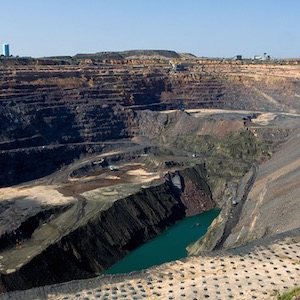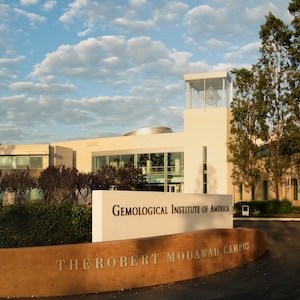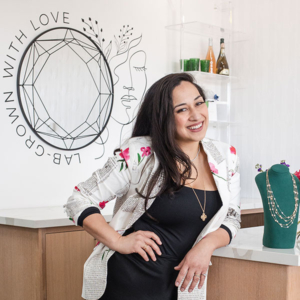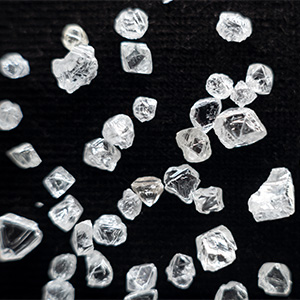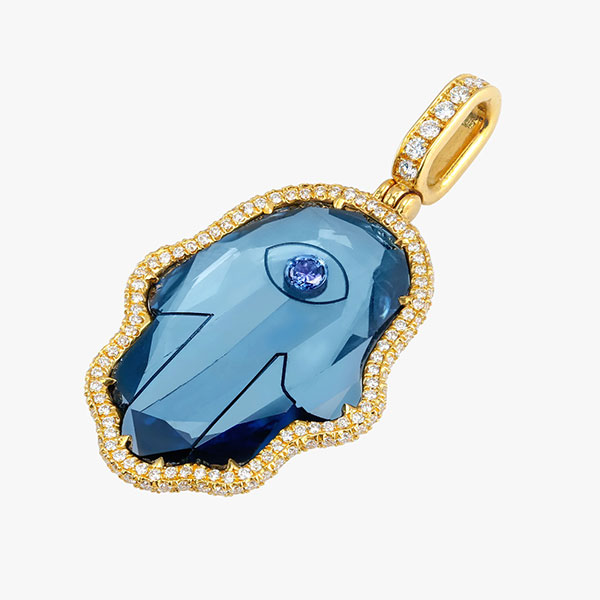
Much of the talk among retailers of lab-grown diamonds (LGD) centers on value for money—the fact that consumers are able to get bigger lab-grown diamonds at lower prices than their mined counterparts. But Ben Hakman, managing director of Fire Diamonds, a company that specializes in designing unique diamond cuts using cutting-edge laser sawing and laser marking technologies, thinks the industry has it all wrong.
“There’s a consumer who wants lab-grown diamonds, and it has nothing to do with natural,” he tells JCK. “They’re interested in getting diamonds that are not available in natural.”
Take, for example, a trio of fantastical creations that recently underwent Fire Diamonds’ proprietary color-enhancement process and were graded by IGI, including a 13.2 ct. fancy vivid blue diamond shaped like a hamsa, a 10.16 ct. orangy-red diamond fashioned into a cross, and an 8.96 ct. vivid green diamond that resembles a cannabis leaf.
“I have been designing diamond cuts for 20 years, but until LGD we had no control over the diamond size and color,” Hakman says.
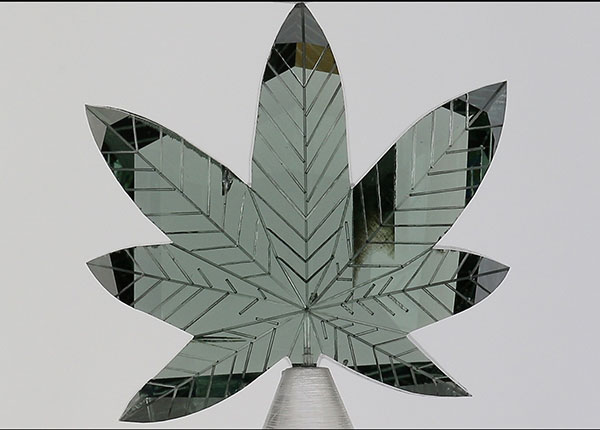
As growers begin to experiment with size, coloration, and cutting techniques, the universe of lab-grown diamonds in fanciful shapes and colors is expanding. Debbie Azar, president of Gemological Science International, says the nature of the CVD process, in which diamonds are grown on flat wafer seed crystals, lends itself to bolder, more experimental designs.
“We’re seeing CVD diamonds in increasingly artistic shapes because laser cutting has advanced what diamond cutters can do, and laboratory-grown material is less risky to experiment with because of the cost factor,” she says.
“When it comes to color, there are no limits!” Azar adds. “Diamond growers are tapped into the science of diamond color and can create whatever color they’d like based on the impurities they add, as well as any post-growth treatments such as irradiation, HPHT processing, and annealing. We have even seen laboratory-grown diamonds that have been intentionally color-zoned to give an ‘ombre-like’ effect!”
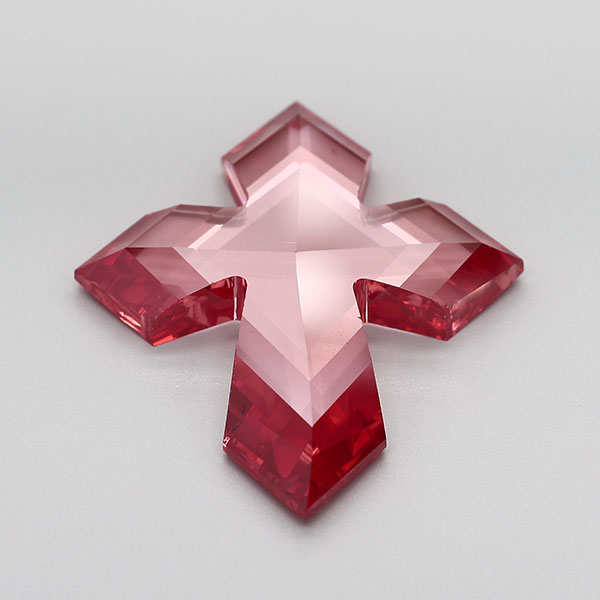
Hakman, an industry veteran who crossed over from natural diamonds into the lab-grown category about seven years ago, said even more than creating rare cuts, his focus is on creating high-quality, unique colors, and on “giving the consumer value and an experience they couldn’t have had before, because in the past 20 years anything that was color enhanced was really bad quality.”
“What we’re doing is only the beginning,” he added.
Top: 13.28 ct. fancy vivid blue lab-grown diamond hamsa pendant in 22k yellow gold, Fire Diamonds
Follow JCK on Instagram: @jckmagazineFollow JCK on Twitter: @jckmagazine
Follow JCK on Facebook: @jckmagazine

